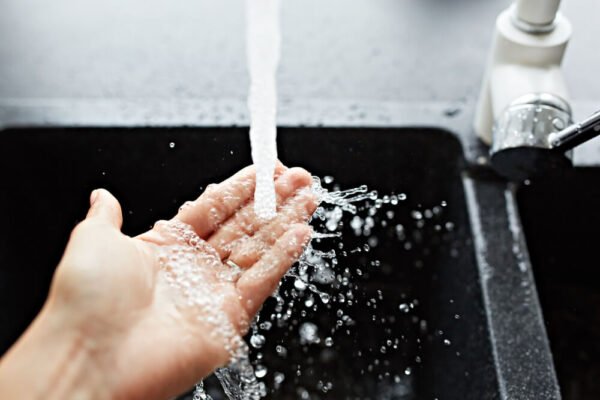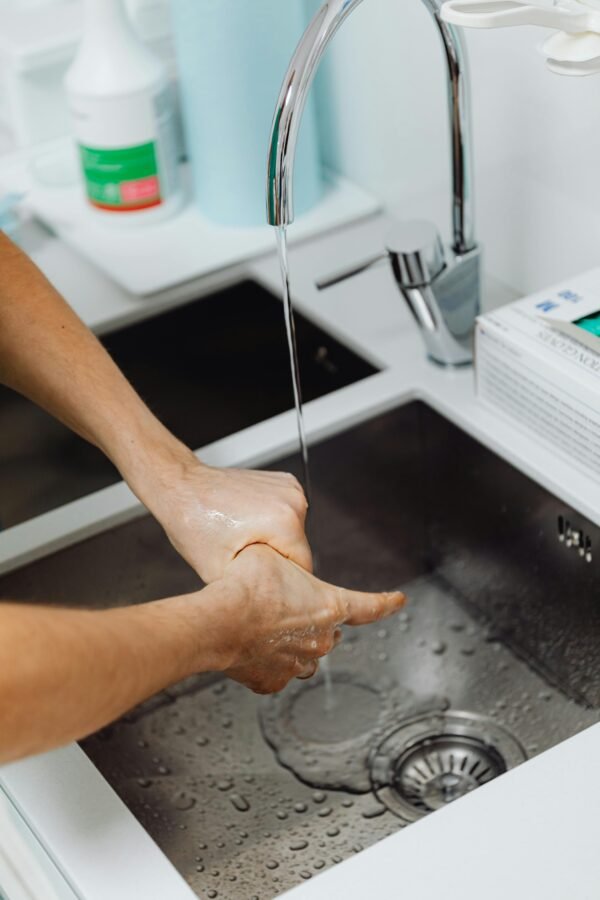
How Often Should You Schedule a Legionella Risk Assessment?

If you’re responsible for a building with a water system—anything from an office to a care home—you’ve probably heard about the need for a Legionella risk assessment. But how often do you really need to get one done? And when exactly should you be thinking about it? It’s not as cut and dry as “every year” or “every two years,” but there are clear expectations. And if you get it wrong, it’s not just paperwork that’s at stake; people’s health could be too.
The Legal Side (What You Actually Need to Know)
There’s no law that says you must carry out a risk assessment every 12 or 24 months. However, there is a legal duty under health and safety law to manage the risk of Legionella, and part of that means having a valid, up-to-date Legionella risk assessment. The Health and Safety Executive (HSE) outlines that the assessment should be reviewed regularly, and always when:
- It’s no longer valid
- There have been changes to the water system or how it’s used
That’s deliberately vague, which leaves room for judgment. However, as a general rule of thumb, most organisations treat every two years as a sensible minimum for a full review, so long as nothing significant has changed in that time.
When “Regularly” Means Sooner
Two years is fine in many cases, but it’s not a hard limit. Some situations call for more frequent checks, especially if the risk is higher or something about your setup changes.
Say you’ve had a building refit, altered pipework, or even had a period of vacancy; those all affect the risk level. And if the water system hasn’t been used for a while? That’s a red flag. Stagnant water creates the perfect environment for Legionella bacteria to grow.
Even small changes, like shifting how areas of a building are used, can tip the balance. A floor that used to be empty but is now fully occupied might change how water flows through the system, and that matters.
It’s also worth paying close attention to your monitoring results. If routine temperature checks aren’t hitting targets, or water sampling starts showing unusual results, don’t wait it out. That’s your cue to reassess sooner.
What a Review Actually Involves
When people hear “review the risk assessment,” they sometimes picture redoing everything from scratch. But often, it’s more of a sense-check than a full reset.
You’re looking at whether the current assessment still matches the way the system is being used. Are the control measures still working? Has anything changed with the infrastructure, layout, or usage?
In some cases, the review might just confirm that everything’s still working as it should. Other times, it’ll flag gaps that need a closer look or even a full reassessment.
And remember, documentation matters. Even if nothing’s changed, you should keep a clear record showing that the review was carried out, when, and by whom.
The Role of the Responsible Person
If you own or manage the premises, or have been appointed to oversee health and safety, then you’re what’s known as the “responsible person.” That’s the one tasked with keeping the risk under control, not just through assessments, but with an ongoing management plan.
That means making sure water systems are monitored, control measures are followed, and any issues are acted on quickly.
It’s not a once-every-two-years kind of role. It’s a continuous responsibility, with the risk assessment acting as a living document that supports the wider strategy.
The Trap of Letting It Lapse
One of the biggest mistakes? Letting the original assessment gather dust, assuming it’s “done.” You might have ticked the box at the time, but if your building has evolved—whether structurally or in how it’s used—it could be completely out of date.
Even well-run sites sometimes miss this. The water system might seem to be running fine on the surface, but if the documentation is old or the system’s changed, it won’t stand up under scrutiny. And if there is an outbreak of Legionnaires’ disease, outdated records won’t help your case.
How Often is “Often Enough”?
So, how often should you be booking in that assessment?
Here’s the short version:
- If it’s been more than two years, and nothing has changed? You still need to check that it’s valid.
- If anything has changed, be it the layout, occupancy, usage, or water system design, you need to review it immediately.
- If you’re in a high-risk setting, like healthcare or care homes, you’ll probably need to review every 12 months, or even more frequently.
There’s no single answer that fits everyone. But waiting until the assessment is outdated—or worse, until something goes wrong—isn’t an option.
Keep It Current, Keep It Safe
Legionella management isn’t just about ticking boxes for compliance. It’s about protecting people—staff, residents, visitors—from a very real risk. That means treating the risk assessment as a live document, not a once-and-done task.
The right approach? Stay aware. Don’t rely on arbitrary timelines alone. Review regularly, check your monitoring data, and reassess when things change.













































